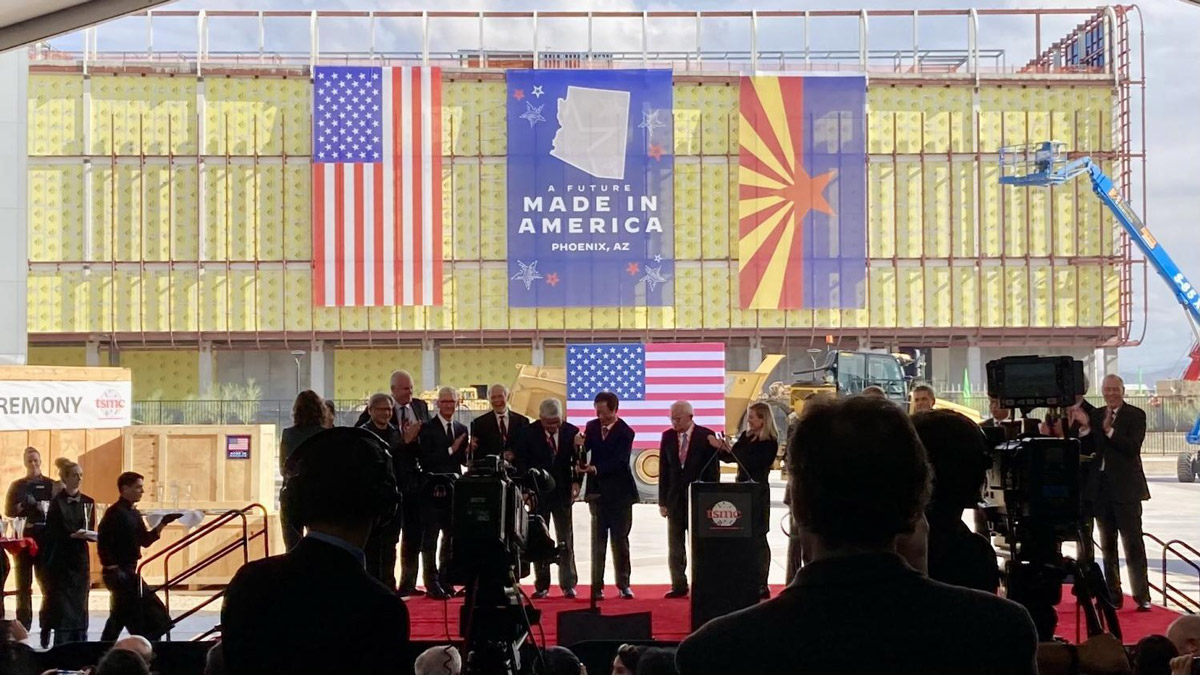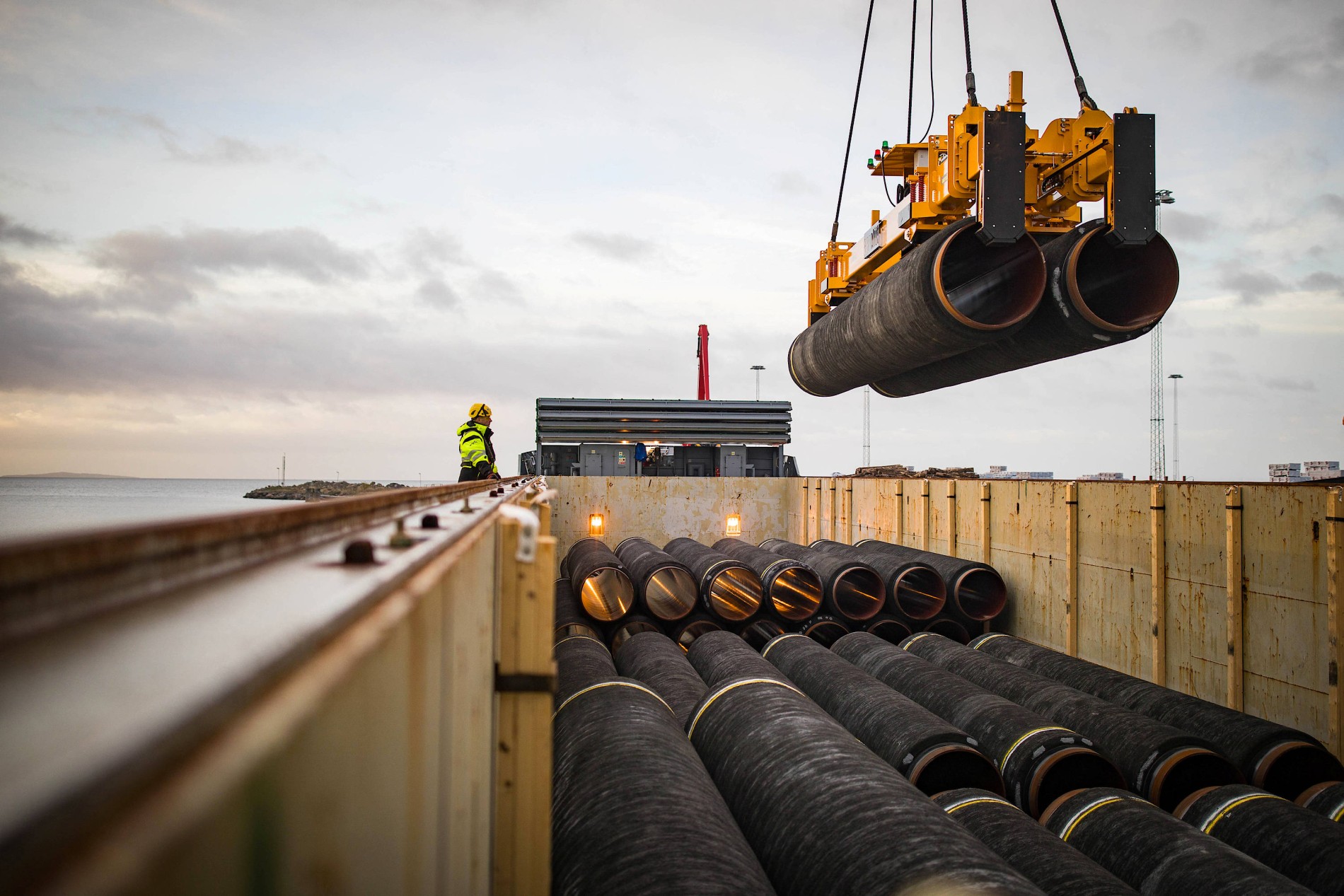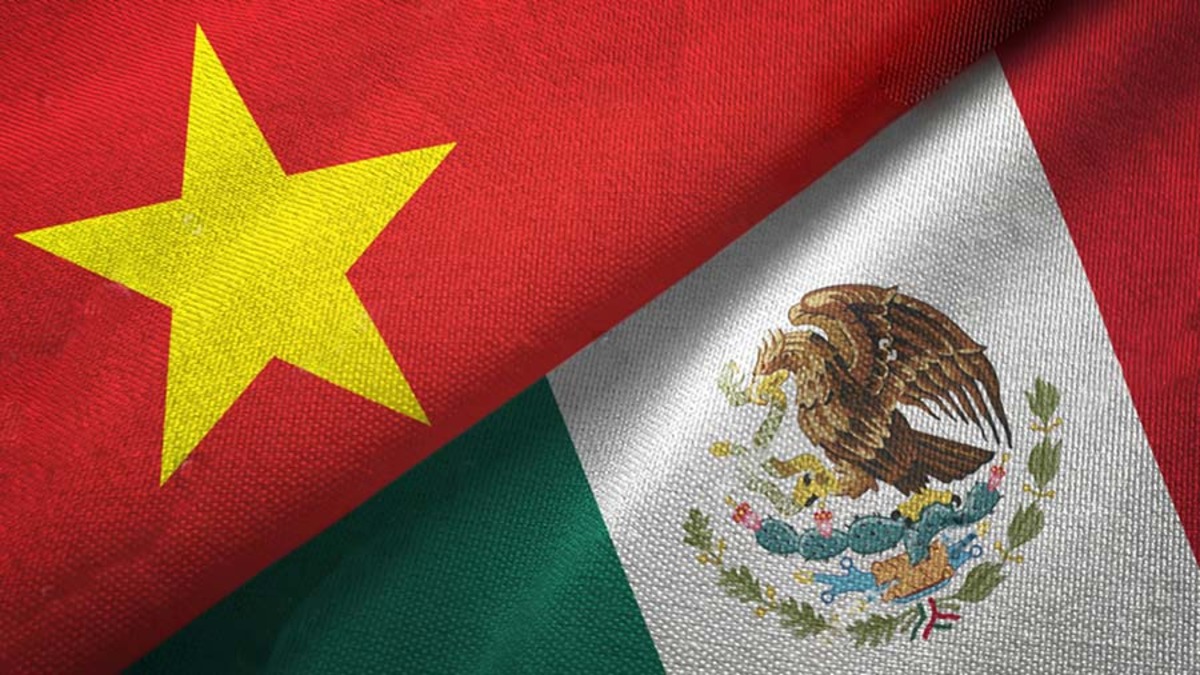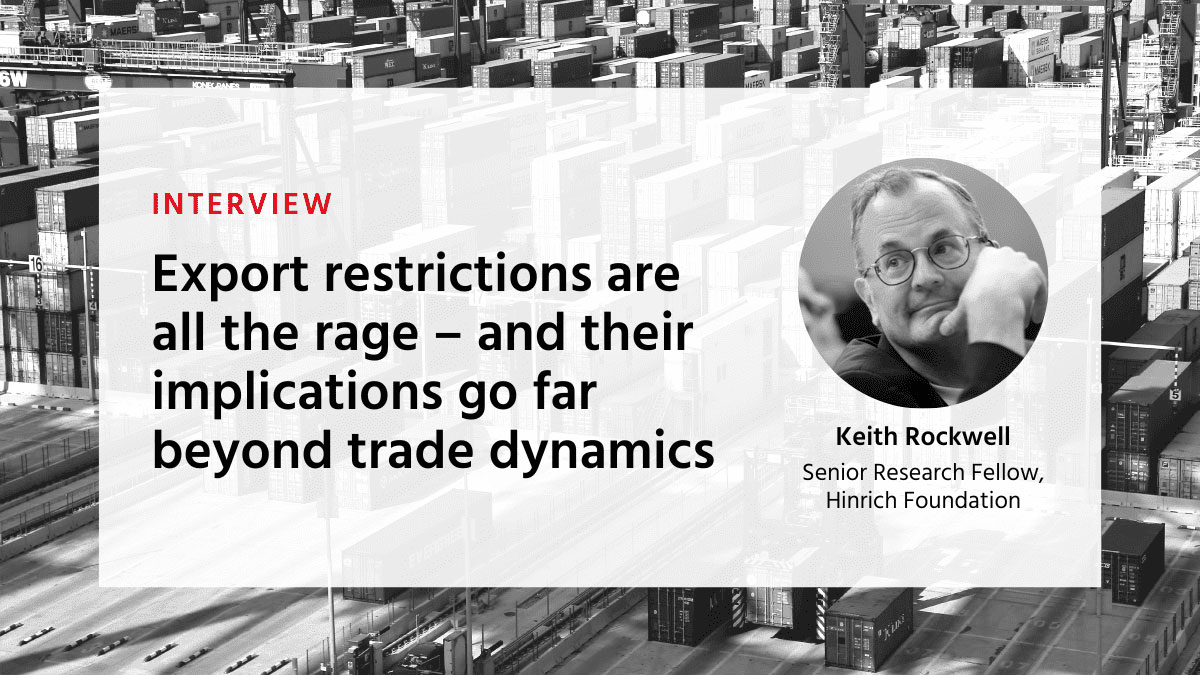It’s been less than a year since Dell Inc., the world’s third-largest maker of personal computers, announced that it would diversify1 its supply chains out of China amid concerns over geopolitical tensions and other supply chain disruptions.
Since then, Dell has announced that it will phase out all China-made chips by 20242 and asked its suppliers to significantly reduce the amount of other "made in China" components in its products, which are used in Dell’s widely popular laptop and desktop computers and servers. In addition to moving more production to Vietnam, Dell is eyeing increased production in India and Mexico, among other places.
Other major brands are following suit. Taiwan’s Foxconn, the world’s largest contract electronics manufacturer by revenue, best known for assembling Apple’s iPhones, plans to double its workforce and investment in India by next year.
Foxconn’s focus in India will be on manufacturing semiconductors through a partnership with Franco-Italian chip maker STMicro, smartphones, and other electronic components. The percentage of iPhones that Foxconn assembles for Apple, in India, for example, is expected to increase to between 20% and 25%3 in 2024, from between 12% and 14% in 2023. This represents a substantial shift of production out of China to India.
Beyond India, Foxconn is also redistributing its manufacturing to Vietnam and Mexico4, which, combined with India, would make up and increasingly larger portion of its global footprint, while its operations in China continue to decline.
Many would describe the behavior of Dell and Foxconn as China de-risking. Some would go further and call it a gradual decoupling process.
What’s the difference and why does it matter?
Decoupling versus de-risking
Decoupling refers to a complete separation of ties between two or more economies. It involves dismantling existing trade and investment relationships, severing supply chains, and establishing new economic partnerships elsewhere.
De-risking, on the other hand, is a more nuanced and gradual approach that focuses on mitigating specific risks associated with economic engagement with a particular country. It involves diversifying supply chains, identifying alternative sources of goods and services, and implementing measures to reduce exposure to potential disruptions.
Like decoupling, de-risking is motivated by a desire to reduce reliance on a single supplier or to protect against potential economic or geopolitical events. But, unlike decoupling, de-risking seeks to continue basic trade and investment activities — once the risks have been dealt with.
The line between de-risking and decoupling, however, often becomes blurred. Consider the European Union’s move to de-risk from Russian natural gas, in 2022. Prior to Moscow's invasion of Ukraine, the European Union (EU) imported around 40% of its natural gas from Russia. This heavy reliance on Russian energy left Europe vulnerable to Russian geopolitical leverage and potential weaponization of energy.
As expected, after the EU imposed sanctions against Russia for its invasion of Ukraine, PJSC Gazprom, the Russian gas giant, reduced the flow of gas though the Nord Stream 1 gas pipeline. This was followed by a complete shutdown of Nord Stream 1 for “maintenance,” and a reduction in gas flows to Europe through other pipelines such as the Yamal-Europe and TurkStream pipelines.
In response, the EU de-risked its Russian energy supply chains by increasing imports of liquefied natural gas from other countries, including the United States, Qatar, and Norway. It diversified its gas pipelines from other sources such as the Trans Adriatic Pipeline, cut back on wasteful energy usage at home, and stepped up investing in renewable energy resources such as wind and solar power.
As a result, the EU's reliance on Russian gas fell significantly. According to Eurostat, the EU’s statistical office, Russia supplied only 12% of the EU's natural gas imports in the third quarter of 2023— compared to approximately 40%, before Moscow invaded Ukraine.
But EU officials aim to stop all imports of Russian natural gas by 2030, Thus, Europe’s pivot to Norway, the US, Qatar and others began as a de-risking exercise, but is morphing into decoupling over the longer term.
Stratified global value chains
Senior US officials, from President Joe Biden and Treasury Secretary Janet Yellen to Commerce Secretary Gina Raimondo have made it clear that despite Washington’s effort to block the trading of strategic US technologies such as semiconductors to China — which they fear Beijing will use to advance its military capabilities and ultimately use against the US — they have no intention of decoupling other parts of the American economy from China. In fact, they say, they will even try to encourage more trade in the right areas.
According to the US Bureau of Economic Analysis, the value of daily goods and services traded between the US and China in 2023, including both imports and exports, is approximately $1.26 billion. A sudden stoppage of commerce of this magnitude would disrupt trade at all levels, as well as derail investment, increase volatility in financial markets, and cripple supply chains for spare parts, assembly components, materials, chemicals, and countless other goods.
Given the realities of the US-China geopolitical rivalry, however, global supply chains have divided into three layers.
The first layer is comprised of strategic goods, which make up about 20% of trade between the US and China. This includes not just semiconductors, but other critical foundational 21st century technologies such as supercomputers, software, algorithms, and quantum computing that make up what is known broadly as artificial intelligence (AI). Other areas include biotech, telecoms, satellite communications, and advanced robotics.
It's these strategic technologies that Washington has placed inside a “small yard with a high fence” and, should its export controls and sanctions be enforced effectively, China hawks in the US would seek to decouple these technologies from the Chinese state-controlled manufacturing and assembly apparatus. This is based on Beijing’s policy initiatives and long-held strategic mission to put the Chinese state at the heart of every Chinese company of consequence. Washington’s approach, however, blurs the line between decoupling and de-risking because of the problem of dual-use goods, which make up the next stratum of by far the largest range of global supply chains.
The second layer of global supply chains presents a de-risking dilemma to most multinational enterprises trading in what amounts to thousands of dual-use technologies, meaning things used for commercial purposes but which have potential military utility. In today’s hyperconnected world, virtually everything from an electric toothbrush to electric vehicle would potentially be subject to an export license requirement.
In the event of an unforeseen geopolitical event, dual-use items might go from business-as-usual to prohibited status. Washington or Beijing could impose new export licensing requirements or prohibitions based on any number of spontaneous events.
Both Dell and Foxconn’s China de-risking actions reflect pre-emptive measures motivated by geopolitical scenario-mapping. This might involve a hot military confrontation in the South China Sea between the People’s Liberation Army and the US or other allied navy, or a Chinese blockade of Taiwan, or, less obviously, a backlash against China’s ongoing support of Russia in the latter’s war on Ukraine.
In each of these scenarios, new waves of sanctions, outbound investment restrictions, and other trade and investment barriers imposed by Washington, Beijing, and other governments would ensue. The all-important question, then, is, when would de-risking tilt toward decoupling?
The third layer of global supply chains is a catch-all for everything else that’s not of the strategic and dual-use-gray-zone varieties. Absent a major confrontation or complete breakdown in relations between China and the US, this level of trade, which includes things like apparel, consumer goods, and most agriculture, would likely continue.
States versus corporates
Not long after Dell and Foxconn announced their supply chain de-risking, Ola Källenius, Chairman of car maker Mercedes-Benz Group, told the German newspaper Bild am Sonntag that it would be "unthinkable" for his company to leave the Chinese market.
The reasoning was familiar: the economies had become too economically intertwined to decouple. Such a view has been echoed by the chief executives of the world’s leading European and American multinationals including Apple, Tesla, Microsoft, BMW, Siemens, BASF, and Airbus, among many others.
If decoupling from China is out of the question for a large number of the world’s multinational companies, how strongly might they push back against common-sense de-risking strategies? On purely economic and business-related grounds, protecting market share in China and fighting for a bigger slice of the pie is what defines any for-profit enterprise.
Multinationals are pushing back against their own governments through lobbying efforts to soften the blow of export controls. In October and November 2023, before and after the US Department of Commerce’s Bureau of Industry and Security (BIS) moved forward with new and expanded export controls on semiconductor technology relating to China, executives from tech majors Intel, GE, Nvidia, and Qualcomm, among others, are reported to have met with US government officials to argue for the softening of new controls or possibly even the tacit understanding that, despite the public ratcheting-up of export controls, Washington would quietly continue approving export licenses to Chinese companies on the BIS Entity List, a blacklist of parties which would require license requirements to trade controlled items with US.
Meetings such as these are impactful because they not only affect how aggressively government policy makers pursue decoupling in strategic sectors, but also how seriously multinationals pursue de-risking.
Decoupling and de-risking are likely to continue to be an uncertain and messy enterprise. Expect geopolitical events, both anticipated and unexpected, to suddenly tilt the balance from strategic de-risking to unavoidable decoupling.
© The Hinrich Foundation. See our website Terms and conditions for our copyright and reprint policy. All statements of fact and the views, conclusions and recommendations expressed in this publication are the sole responsibility of the author(s).











